Underwater Photography Technique: Envision Your Capture
Have you ever taken several underwater photos on a dive but weren’t happy with any of them? We would be incredibly lucky if all of our images turned out exactly how we intended them to, but underwater photography is an ongoing learning experience especially with all the variations in lighting, subjects and conditions. In this article I’d like to go over how staying focused and having a simple plan before the dive can help yield better results and overall satisfaction with your photos.
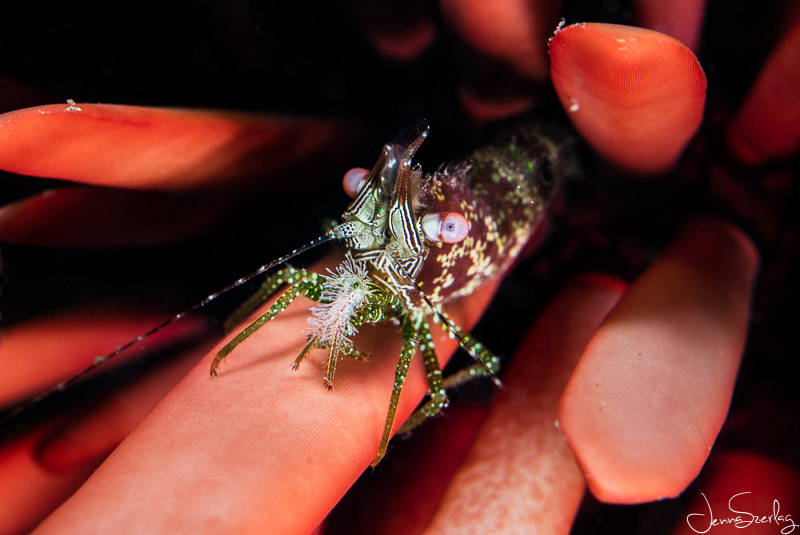
We’ve all experienced dives where there are so many incredible subjects to shoot that our excitement level goes through the roof trying to capture it all. We find ourselves changing camera settings for each photo or readjusting strobes with every scene. I love these critter filled adventures... so here are a few techniques to be prepared with ahead of time.
1. Set A Photo Goal
2. Make A Dive Plan
3. Research Camera and Strobe Settings Ahead of Time
4. Go With The Flow
Set A Goal
I try to have one photo goal per dive. Sure, that sounds like it will take an eternity to build a portfolio, but it’s exciting when you know what to search for and after you find it everything else becomes a bonus. Is there a certain image that inspired you to book a dive trip? Is there a type of photo that you’ve wanted to learn how to shoot? The goal doesn’t have to be an exact subject but instead it could be a scene or maybe a theme, like ‘eye contact’ with your macro lens. Stay focused and dedicate time to learn one specific element, whether it is a camera setting or a specific strobe position and it will become second nature to you.
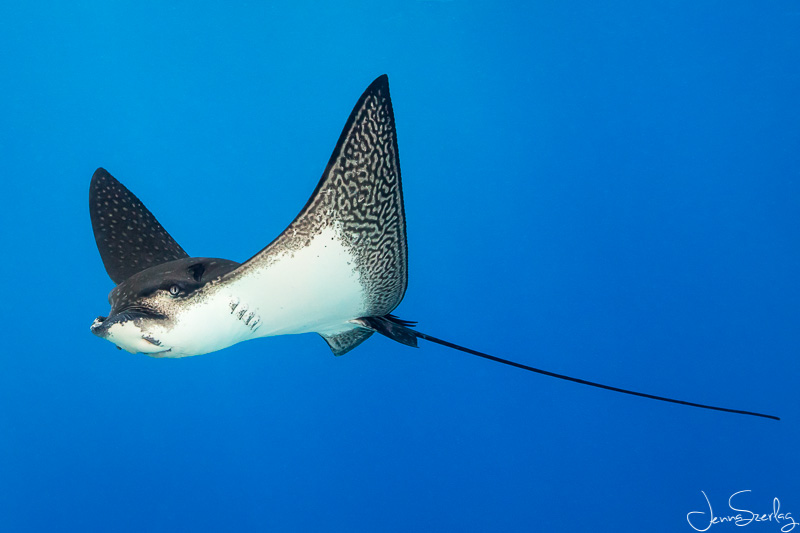
Make A Plan
We start our dives off with a plan so why not have a plan for your photos as well? Is it a wide angle dive or a macro dive? What creatures are known to be found at the dive site? If you’re travelling and unfamiliar with the diving read up a little about the sites in advance. This is especially important if you are shooting with different lenses and have to choose between macro and wide angle. Personally, when travelling, I prefer to talk with the guide the night before to find out a little detail on the next day’s dive sites so I can choose how to set my camera up.
If you don't want to have to decide which lens to choose before the dive consider compact cameras with wide angle wet lenses and macro diopters.
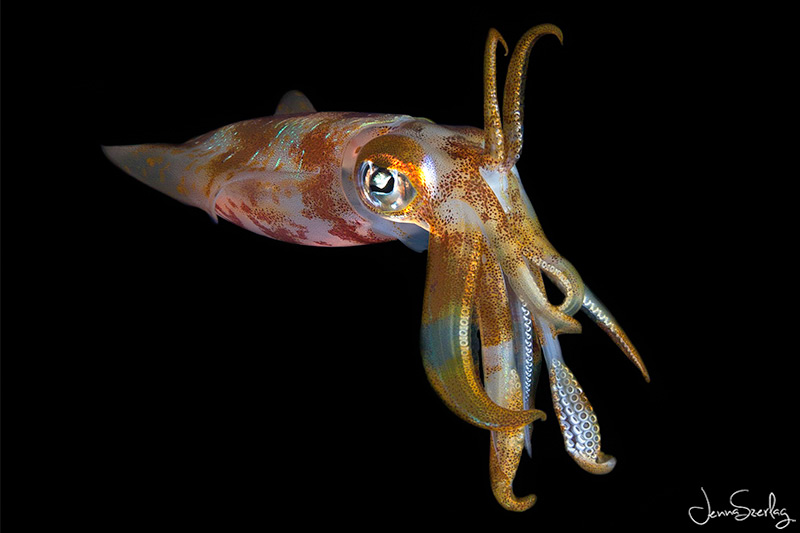
I find that keeping a couple scenarios in mind increases the chance of better results. What if the visibility is lower than expected on the day of the dive and it takes away from the colorful blue background you had hoped for? Try changing your composition or the position of your strobes. It's always good idea to have a contingency plan.
This image of the squid is a perfect example. I was on a night dive off the Kona Coast of Hawaii to photograph manta rays. I had been on this dive a handful of times before but was still after ‘the perfect’ shot. I had planned everything around getting it but unfortunately, the manta rays didn’t show up that night. We sat and waited and waited until our guide called the dive and took us on a tour of the reef. Within a few minutes this incredible, patient squid appeared. Amazing, right!? But I had a fish eye lens on! My plan was to capture an animal that was 12 feet wide, not a small squid the size of my camera. Springing into action changing to a smaller aperature and faster shutter speed saved the day (or night in this matter).
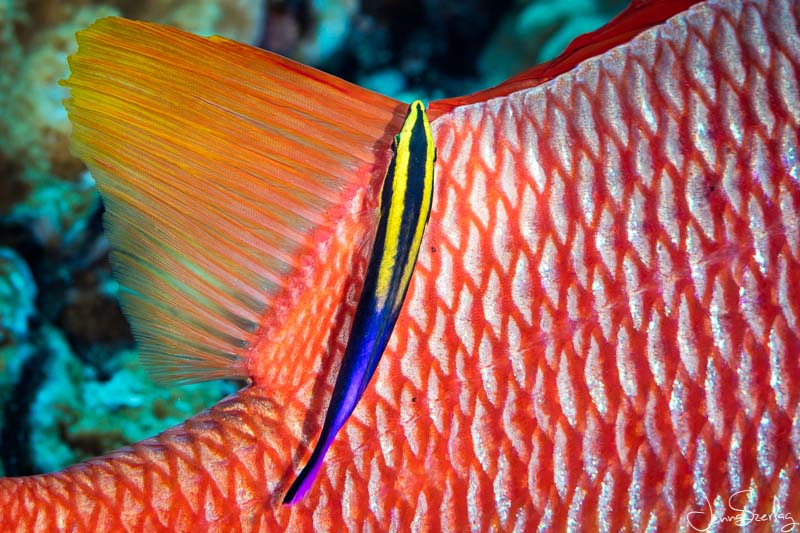
Research
Take the time to do a little research on the images you are interested in. Read relevant articles and collect tips on how the photographer obtained the shot. This can be a huge advantage. Trying out popular settings can get you started on your way to making your own customizations. Knowing what settings to use ahead of time keeps you from second guessing when the opportunity comes up like with the squid. Having an idea where to start will keep you focused when the excitement is flowing.
The Dive
During our dive briefings we often discuss what type of critters we will see. This is a great opportunity to mention the shot you’re after. Doing so will allow for less surprises and more concentration in the moment. Your dive buddies or guide may be able to offer some insider tips. This is especially important if conditions play a role in getting the shot.
If you’re like me and diving the reefs where you live, it’s easier to create a more concise plan being so familiar with the animals that reside among the reef.
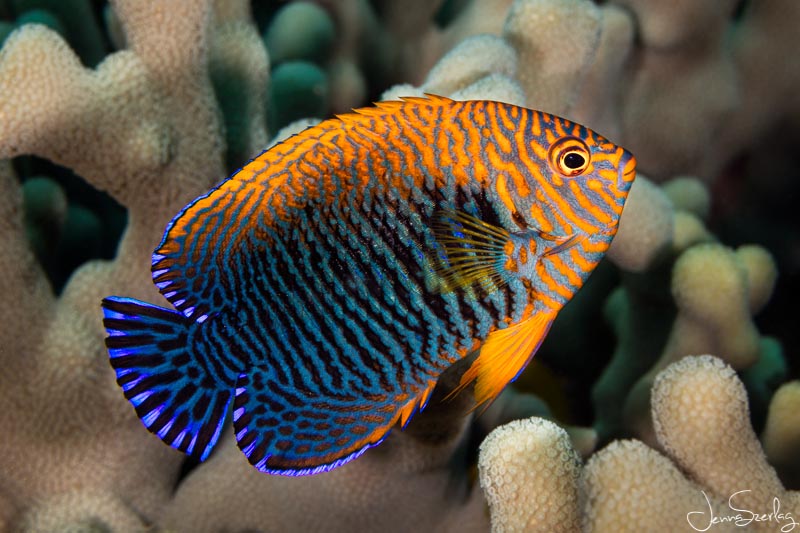
Be patient. Hawaii’s endemic Potter’s Angelfish, for example, is known to be skittish around divers. Their behavior is usually to take cover in a hole and often turn around to watch from the safety of the coral. It has been my goal recently to get more images of this behavior and also some beautiful shots of them swimming around. I’ve found that if I wait a few minutes they tend to get used to my presence and start to move about the reef again. My plan at one particular site has been to head straight to their area and to wait a few minutes while my presence sinks in. Letting my buddy know this while still on the surface will keep him from being confused about why I am hanging around one certain area. I’ll hopefully get my shots in a timely manner and be able to move on to explore the rest of the reef in search of some fun, bonus images.
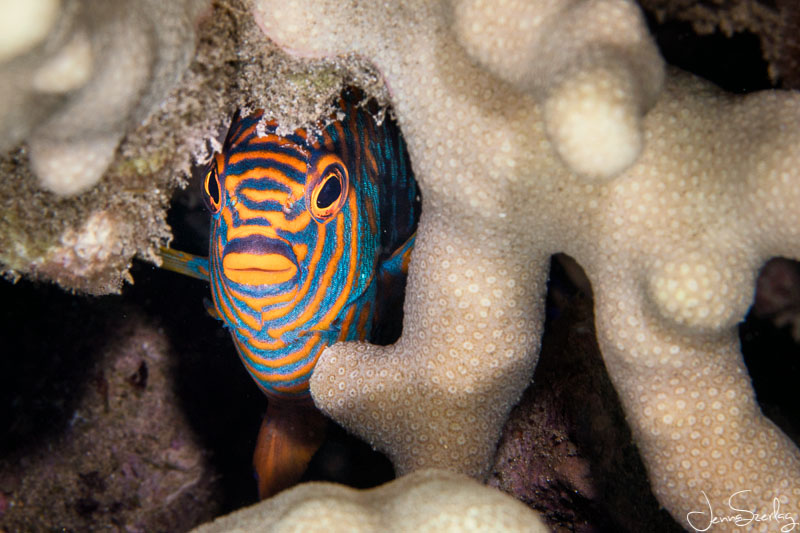
File Size
My end game with photography is printing. In my Preparing Photos for Print article I discuss file specs and resolution in more detail. If you intend to print the photo, resolution will be a factor. This is important because it raises the question about whether or not you’ll be able to crop your photo in post process and therefore plays a direct role in composition when taking the photo. I always recommend shooting the largest file size your camera offers, such as RAW. RAW files have zero compression or loss of information when they are recorded and will allow for the best image quality for future use.
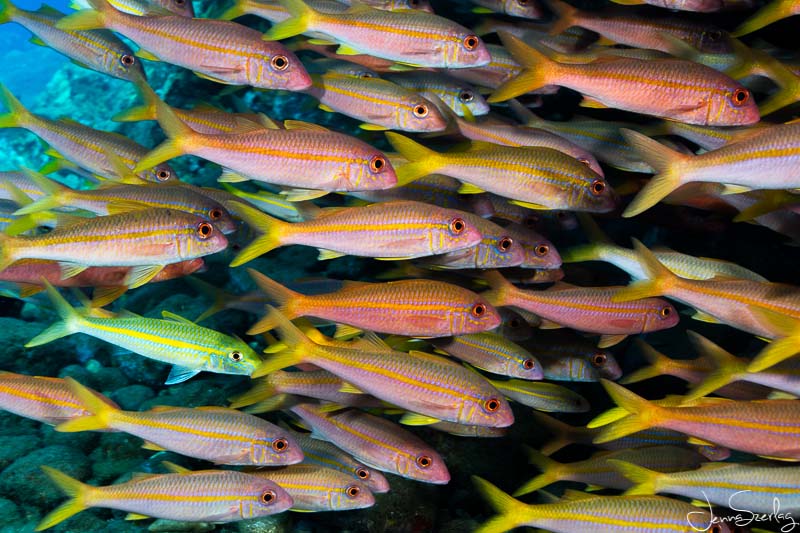
Just remember to have a simple plan and to stay focused. Be ready to roll with the changes and realize that it’s a success even if only one photo from the dive turned out as you hoped for. Study up on the specs required for YOUR photo goal. Getting that one shot could end up being the print on your living room wall to enjoy for years to come! Or better yet, a possible award winner in the ocean art competition!
Gear Used
Canon 5DMKII with Ikelite FL Housing (see latest Canon 5DMKIV Ikelite FL housing here)
Canon 5DSR with Ikelite DL Housing
Both housing setups with:
Canon EF 17-40mm f/4L USM
Canon EF 8-15mm f/4L Fisheye USM
Canon EF 100mm f/2.8L Macro IS USM
RECOMMENDED ARTICLES
SUPPORT THE UNDERWATER PHOTOGRAPHY GUIDE:
The Best Service & Prices on u/w Photo Gear
 Visit Bluewater Photo & Video for all your underwater photography and video gear. Click, or call the team at (310) 633-5052 for expert advice!
Visit Bluewater Photo & Video for all your underwater photography and video gear. Click, or call the team at (310) 633-5052 for expert advice!
The Best Pricing, Service & Expert Advice to Book your Dive Trips
 Bluewater Travel is your full-service scuba travel agency. Let our expert advisers plan and book your next dive vacation. Run by divers, for divers.
Bluewater Travel is your full-service scuba travel agency. Let our expert advisers plan and book your next dive vacation. Run by divers, for divers.































